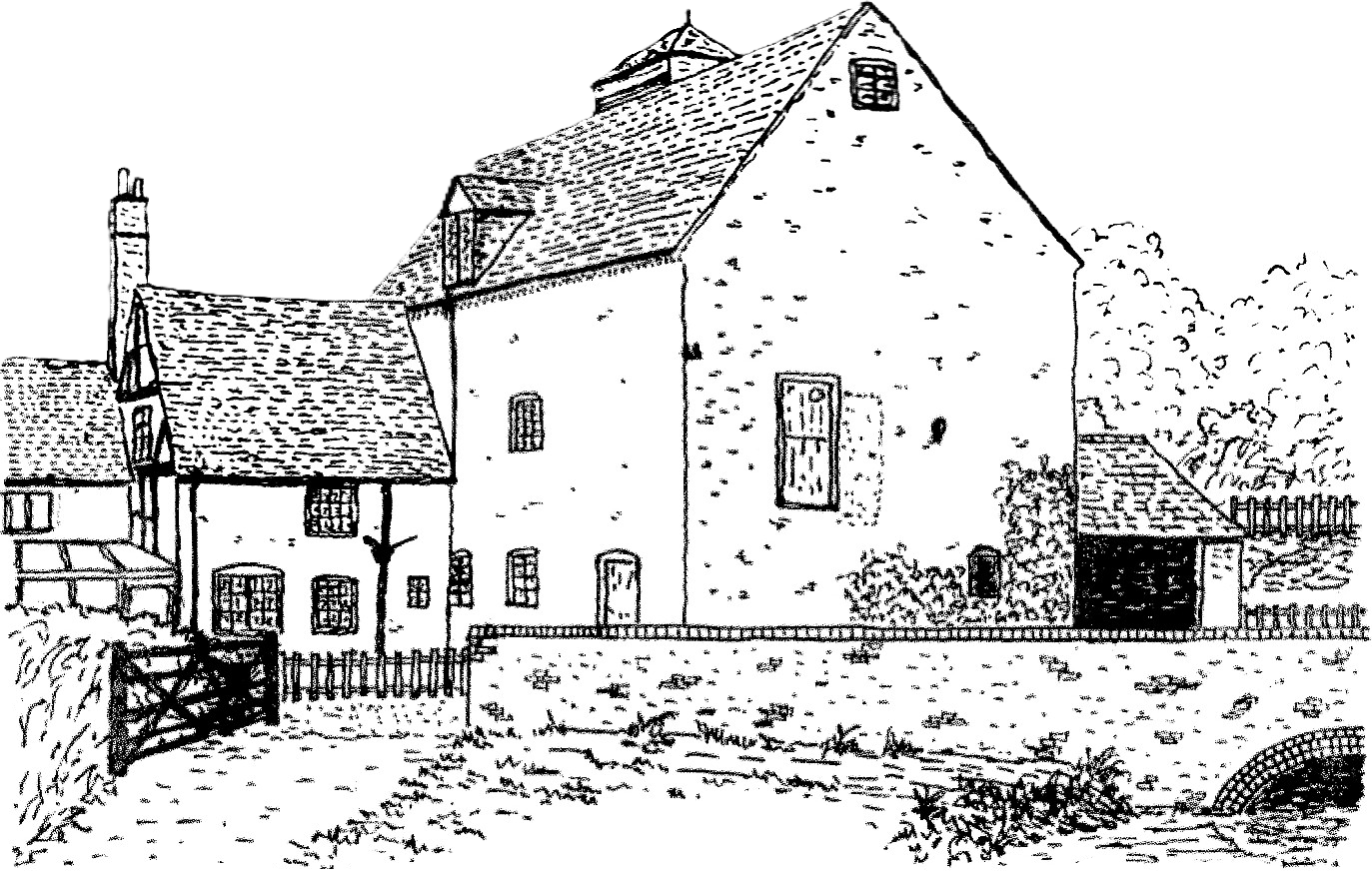From the Farmer to the Miller

In Victorian times, the relationship between farms and mills was often a close one. Some watermills or windmills were owned by large estates or tenant farmers who grew their own wheat and processed it on-site, taking full control from field to flour. However, many other mills operated as independent businesses and bought grain from local farms, especially during or after harvest season. Farmers would deliver their sacks of wheat to the miller, who would weigh, grind, and either return flour to the farmer or sell it on. This local trade created a strong, interdependent link between millers and farmers, one that supported rural economies and helped ensure a fresh, steady supply of flour to nearby towns and villages. The system kept things community-based and sustainable, with most wheat staying close to where it was grown. Let’s take a walk through the process of harvesting and processing wheat on a typical Victorian farm.
1 - Ripening in the Field
By late July or August, the golden wheat would stand tall in the fields, ripened by the summer sun. Farmers would keep a close eye on the weather. Too much rain could flatten the crop or spoil it, but the right conditions meant it was time to start harvesting.
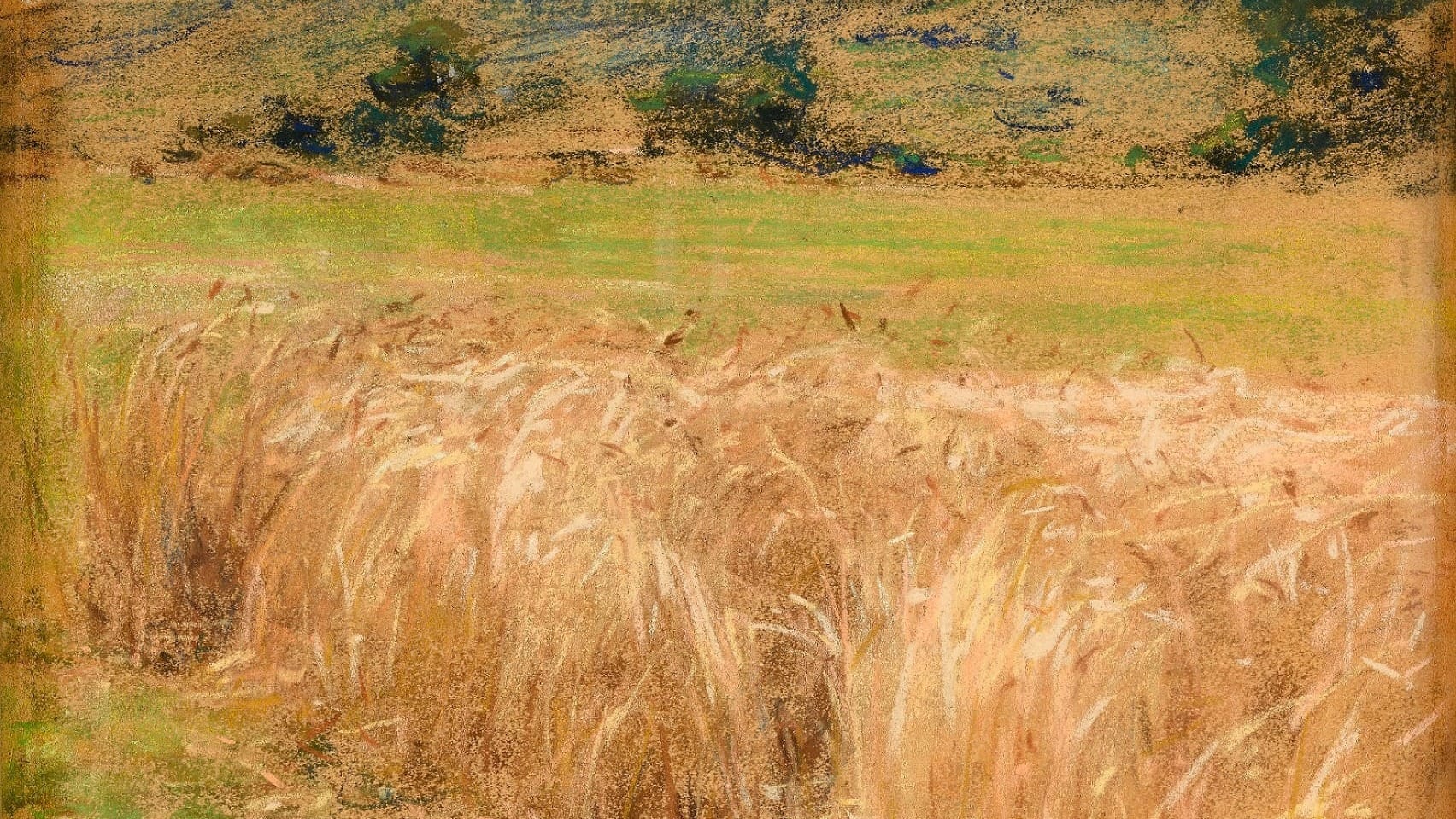
2 - Cutting the Wheat
Few tasks on the farm were as important, or as demanding, as the wheat harvest. Before the days of modern machinery, bringing in the wheat was a community effort, involving long hours, skilled hands, and a deep understanding of the land. In the early Victorian era, wheat was cut by hand using sickles or scythes, tools that required real skill to use effectively. A team of workers, often including family members and seasonal labourers, would move through the field, cutting the stalks and laying them down in rows. Later in the century, mechanical reapers pulled by horses began to appear, making the job quicker.
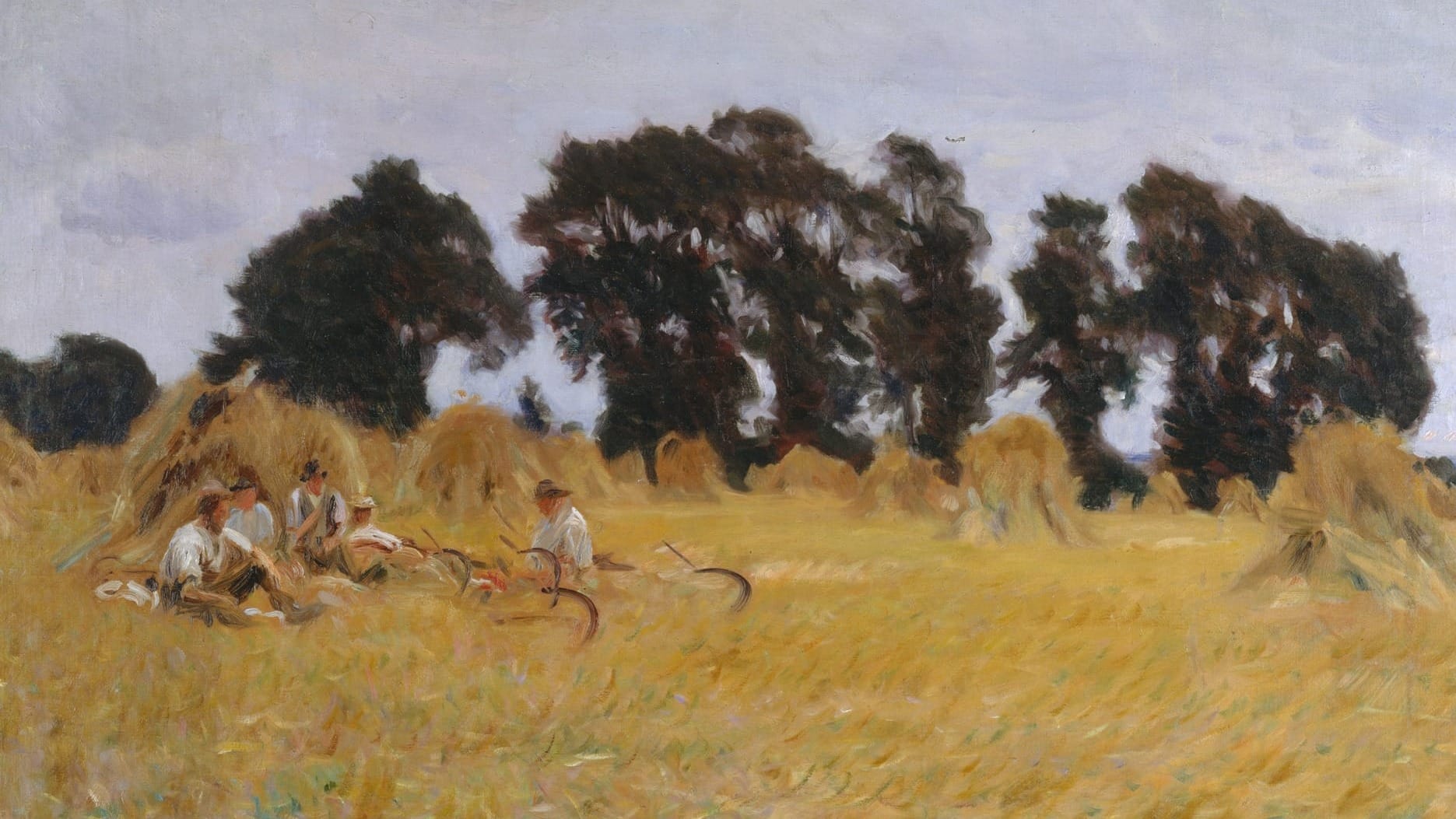
3 - Tying into Sheaves and Building Stooks
Once cut, the wheat was gathered into bundles called sheaves and tied with twisted stalks of wheat or string. These sheaves were then stood upright in little tepee-like clusters called stooks. Stooking helped the wheat dry properly in the field, with rain running off rather than soaking into the grain. The wheat would usually stay in stooks for a week or two, depending on the weather, before being gathered.
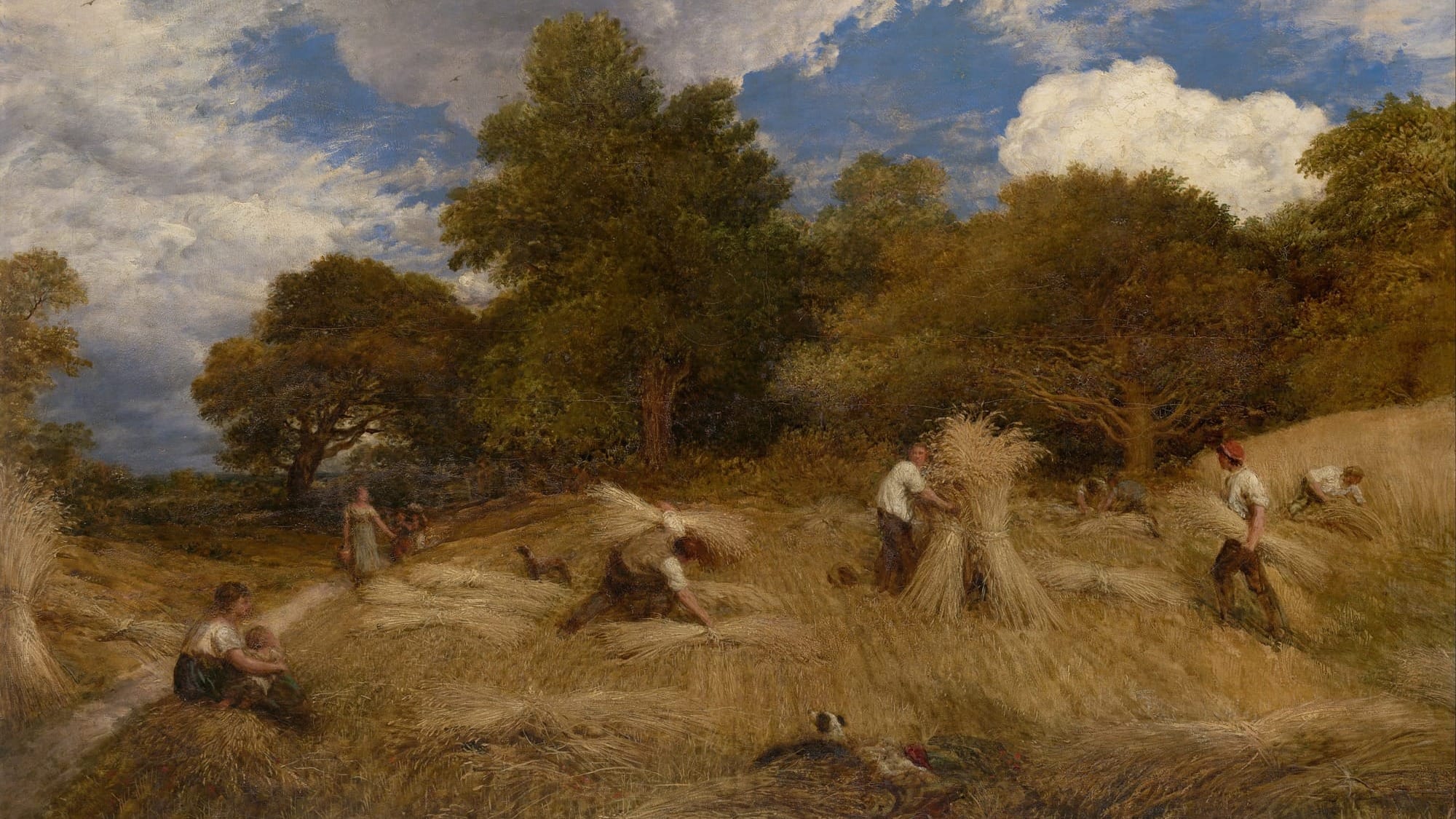
4 - Stacking in the Ricks
After drying, the sheaves were loaded onto horse-drawn wagons and taken to the farmyard, where they were stacked into large hayricks. These were carefully constructed to keep the wheat dry and were sometimes thatched to protect them from rain. The wheat could be stored in the rick for several weeks or even months, until it was needed for threshing.

5 - Threshing the Grain
Threshing separated the grain from the straw and chaff. Until the early Victorian period, this was done with a flail, a wooden tool swung by hand to beat the grain out of the ears. It was hard, dusty work, often done in a barn on the threshing floor. Later, horse-powered and eventually steam-powered threshing machines transformed this process. These machines were often brought in by travelling contractors and became a real event on the farm, with neighbours sometimes helping out in return for a hot meal and a pint of cider.
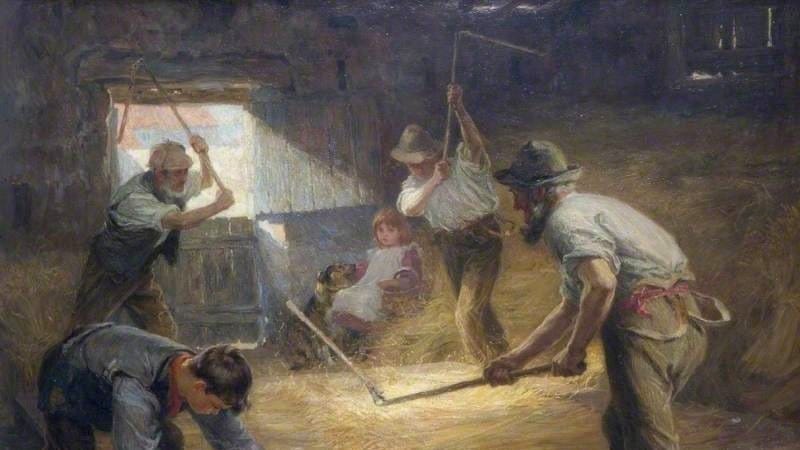
6 - Winnowing
Once the grain had been threshed, it needed to be winnowed—a process to separate the lighter chaff from the heavier grains. In earlier times, this was done by tossing the grain in the air using a winnowing basket or fan, letting the wind blow the chaff away. Later, mechanical winnowing machines helped speed things up.
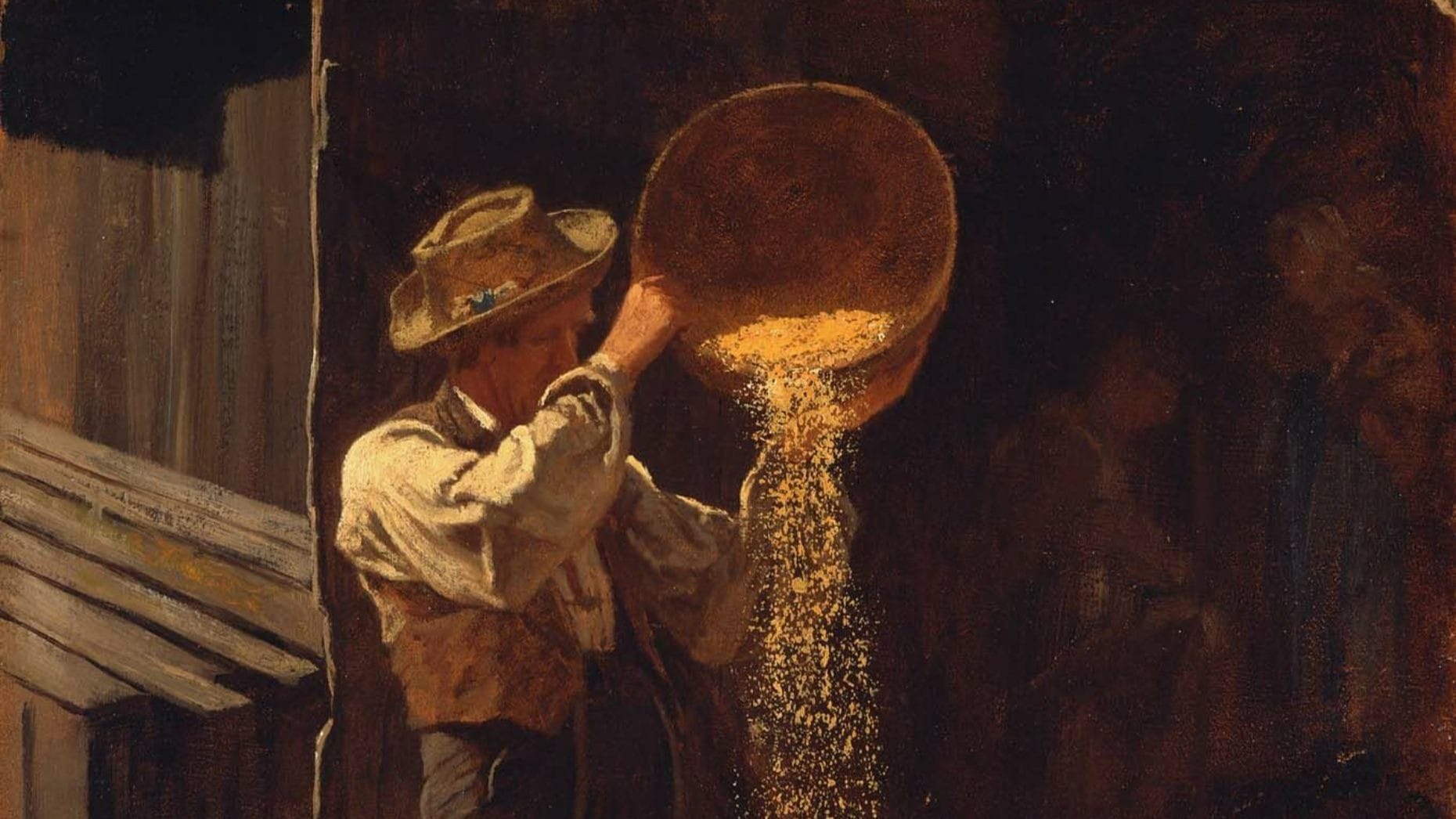
7 - Bagging and Transporting
Cleaned and dried, the wheat was now ready to be bagged. It was shovelled into sacks, usually made of jute or canvas, and weighed. The bags would then be loaded onto wagons and taken to the local miller, who would grind the grain into flour using a watermill or windmill, depending on the area.
And Today?
While modern farming has sped everything up, many of the same steps: cutting, threshing, winnowing, are still part of the journey from field to flour, just with more horsepower and fewer blisters!
